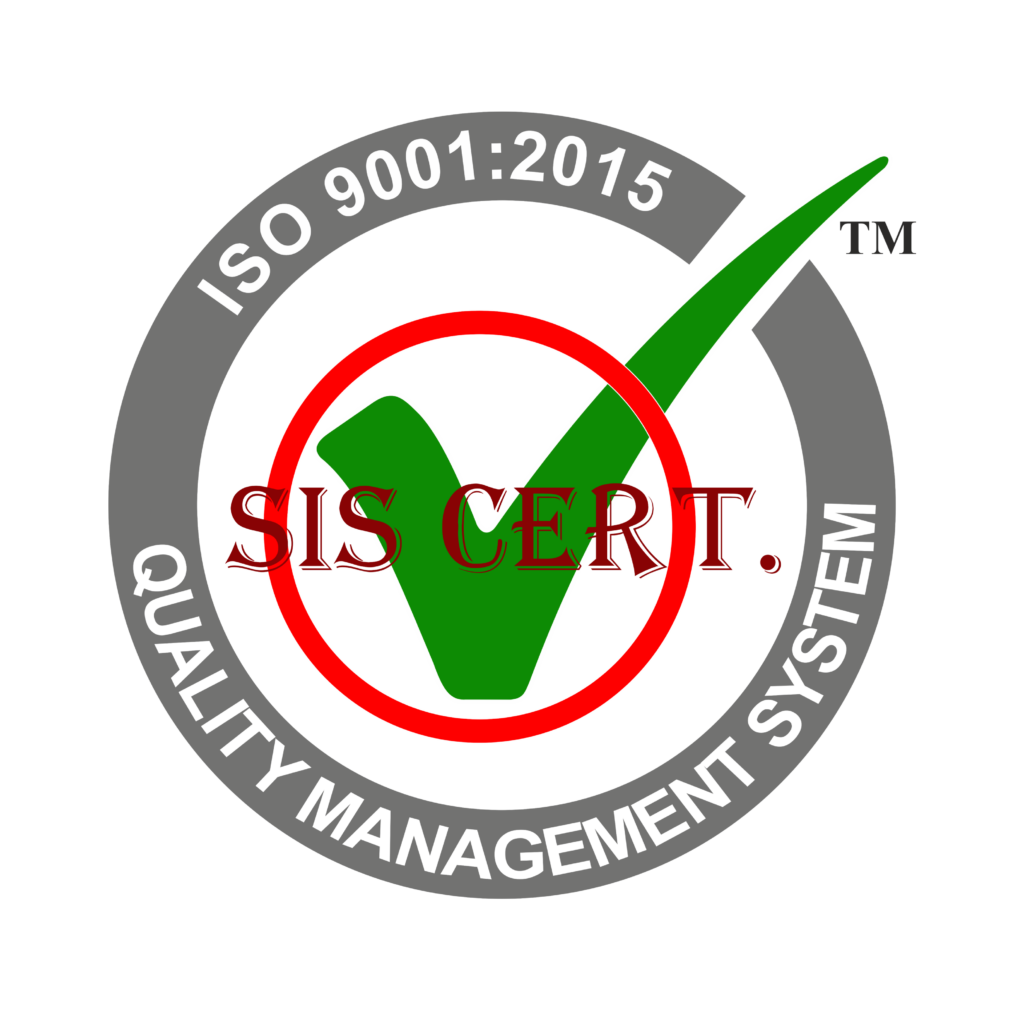The stainless steel industry is at an exciting crossroads – where technology, automation, and data analysis have the potential to revolutionize the production process.
This article will explore the impact of tech-driven transformation in the steel industry and the potential advantages of robotics, data analysis and monitoring, improved efficiency, and automated quality control.
By taking advantage of these innovative advancements, the stainless steel industry will be able to gain a competitive edge and make strides towards a more efficient production process.
Key Takeaways
- Automation in the steel industry has led to increased production efficiency, cost reduction, and improved production throughput.
- Robotics has played a significant role in steel production by increasing accuracy, speed, and safety, as well as automating complex functions such as welding, cutting, and assembly.
- Data analysis and monitoring have been crucial in optimizing production, reducing costs, improving safety and product quality, and implementing predictive analytics and machine learning algorithms for identifying trends and detecting anomalies.
- The tech-driven transformation in the steel industry has resulted in significant improvements in efficiency, cost savings, and productivity through automation, monitoring of production operations, proactive maintenance, and implementation of cost-effective manufacturing processes. Additionally, automated quality control has ensured a higher level of quality in the stainless steel industry, with increased accuracy, rapid analysis, and corrective action, leading to reduced production costs and consistent high-quality products.
Automation Benefits
In recent years, automation has provided numerous benefits to the stainless steel industry. It has helped to increase production efficiency and reduce costs by enabling the industry to move away from labor-intensive processes. Automation allows for more accurate control of production processes and improved production throughput. It also helps to reduce the risk of human error and decrease the need for labor, leading to improved safety, efficiency, and cost savings.
The impact of technology on stainless steel production processes is far-reaching. Automation has enabled the industry to move from manual to automated production processes, resulting in increased efficiency and accuracy. It has allowed for greater precision and control of the production process, leading to improved product quality and cost savings. Additionally, automation has enabled the industry to reduce waste, improve energy efficiency, and reduce the environmental impact of production.
Robotics in Production
Building on the success of automation in the stainless steel industry, robotics have further revolutionized production processes, allowing for increased accuracy, faster production, and improved safety. Robotics provide the ability to automate highly complex functions with a high degree of precision and repeatability. They can be programmed to follow a predetermined sequence of steps and can be used to perform tasks such as welding, cutting, and assembly. Robotics can also be used to inspect components and perform tests to ensure quality and consistency. Additionally, robotics help reduce cost and lead time by eliminating the need for human labor.
Robotics have drastically improved the speed and accuracy of the production process, allowing for greater efficiency and higher quality products. They also reduce the risk of human error and allow for the creation of products with far greater precision than possible with manual processes. Finally, robotics can be integrated with computer technology to further improve production speed and accuracy.
The use of robotics is transforming the stainless steel industry, making it faster, safer, and more efficient. By utilizing robotics, the industry is able to produce more, faster, and with greater precision than ever before. As a result, the industry is able to provide products that are of higher quality and cost-effective, driving innovation and growth.
Data Analysis and Monitoring
By leveraging the data collected from robotic processes, the stainless steel industry is able to perform detailed analysis and monitor production in real-time, providing insight into production efficiency, quality control, and product safety.
Advanced data analytics and monitoring technologies are enabling the steel industry to optimize production and reduce costs, while also improving the safety and quality of products.
For example, by analyzing large datasets, predictive analytics can be used to identify trends and anticipate problems before they occur, allowing for more timely and effective corrective action. Additionally, machine learning algorithms are being used to identify anomalies in the production process, detect potential risks, and recommend solutions to improve production efficiency.
By leveraging the power of data analysis and monitoring, the stainless steel industry is able to streamline operations, reduce costs, and produce higher quality products.
This helps the industry to stay ahead of the competition and remain competitive in an ever-evolving market.
Improved Efficiency
Utilizing the data from robotic processes and advanced analytics, the stainless steel industry has seen significant improvements in efficiency, resulting in cost savings and increased productivity. Automated systems are now able to oversee and monitor production operations, eliminating manual labor and human errors, while at the same time streamlining production. This has allowed the industry to reduce costs, increase output, and keep up with the demands of a rapidly changing market.
Moreover, improved monitoring systems are now able to detect and predict potential issues, allowing for proactive maintenance and avoiding unexpected downtime. This helps to reduce waste, increase production, and maximize profits. In addition, the use of artificial intelligence has enabled the industry to identify and implement improved manufacturing processes that are more cost-effective and efficient.
The stainless steel industry has seen notable advances in automation and analytics, leading to increased efficiency and cost savings. This has empowered the industry to remain competitive in a rapidly changing market, while providing tangible financial returns.
With the continued development of technological innovations, the industry is well-positioned to remain ahead of the competition.
Automated Quality Control
With the implementation of automated processes, the stainless steel industry has been able to achieve a higher level of quality control, ensuring that products meet the industry’s standards of excellence.
Automation has revolutionized the stainless steel industry by introducing advanced technologies to the production process. These technologies provide increased accuracy and precision in the production process, reducing the risk of human error.
Automated quality control systems can analyze data quickly and accurately, allowing for rapid feedback and corrective action when necessary. By automating the quality control process, the stainless steel industry has been able to reduce the cost of production and ensure that all products meet the high standards of quality.
Automation also ensures that all products are consistent in quality, allowing the industry to maintain its reputation for producing quality stainless steel products.
Automation has allowed the stainless steel industry to become more competitive in the global market, and it will continue to be an integral part of the industry’s success.
Frequently Asked Questions
What Is the Cost Associated With Implementing Technology in the Stainless Steel Industry?
The cost of implementing technology in the stainless steel industry varies depending on the scope of the project, however it can be significant. Investing in technology can provide long-term benefits and help drive the industry forward.
What Other Industries Have Successfully Implemented Similar Technological Advancements?
The automotive, aerospace, and medical industries have all successfully integrated technology to improve production and drive innovation.
What Potential Risks Are Associated With Increased Automation in Steel Production?
Increased automation in steel production may lead to safety risks, lower quality control, and job loss. Adopting automated processes should be done thoughtfully to ensure success.
How Long Does It Usually Take for a Company to See a Return on Their Investment in Technological Advancements?
Investing in technological advancements can yield a return in a relatively short period of time. Companies must consider the costs and potential benefits to determine the best timeline for their investment.
What Is the Most Common Type of Technology Used in the Stainless Steel Industry?
The stainless steel industry relies heavily on advanced technologies, such as automation and robotics, to streamline production and improve efficiency. These technologies enable greater control and accuracy in the production process, leading to improved quality and cost savings.
Conclusion
The steel industry has experienced an immense transformation with the introduction of technology. Automation has enabled increased efficiency and improved quality control. Robotics have also played a significant role in enabling greater production capabilities. Additionally, data analysis has allowed for greater monitoring and optimization of production processes.
In conclusion, the introduction of technology has resulted in a more productive and efficient steel industry.


